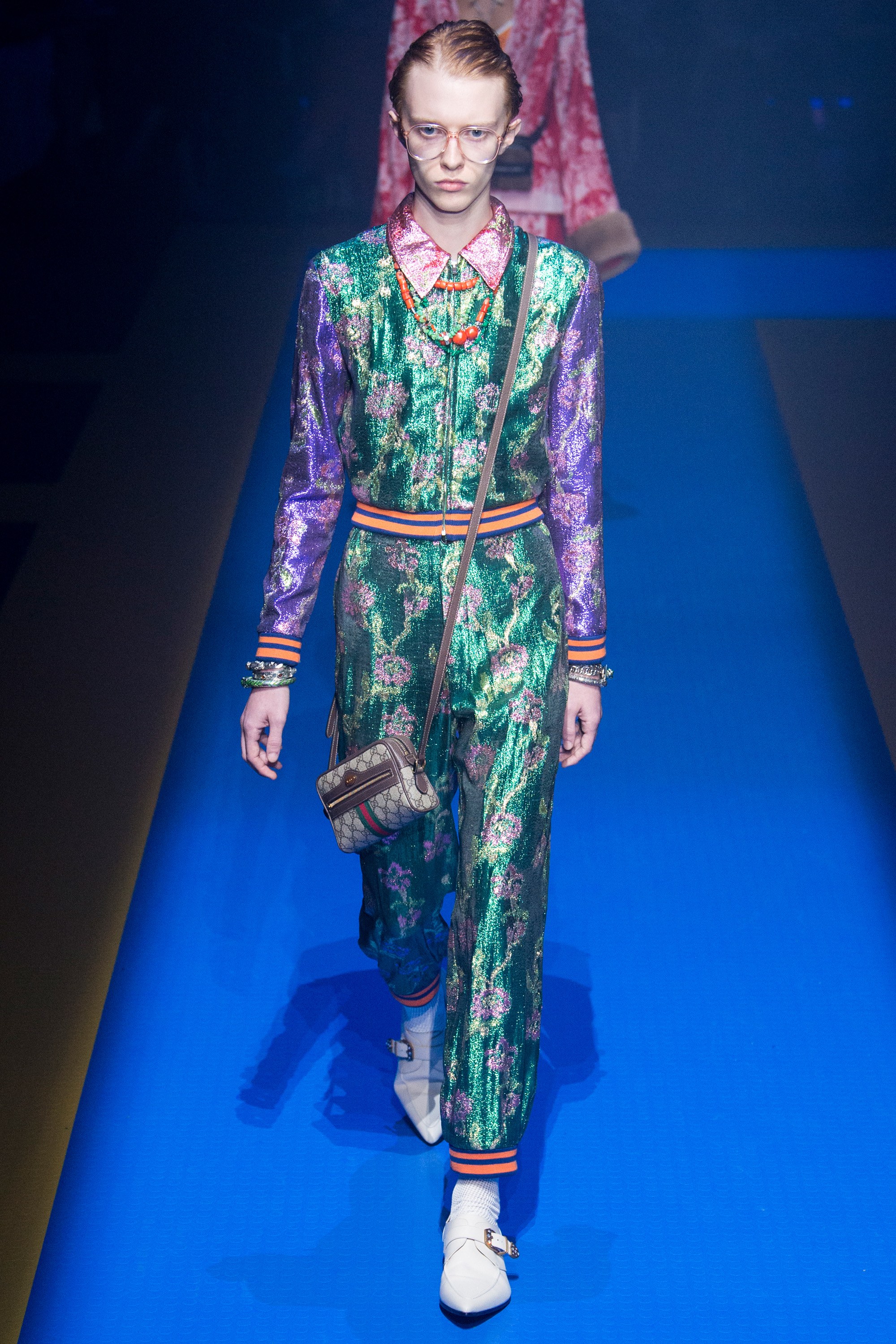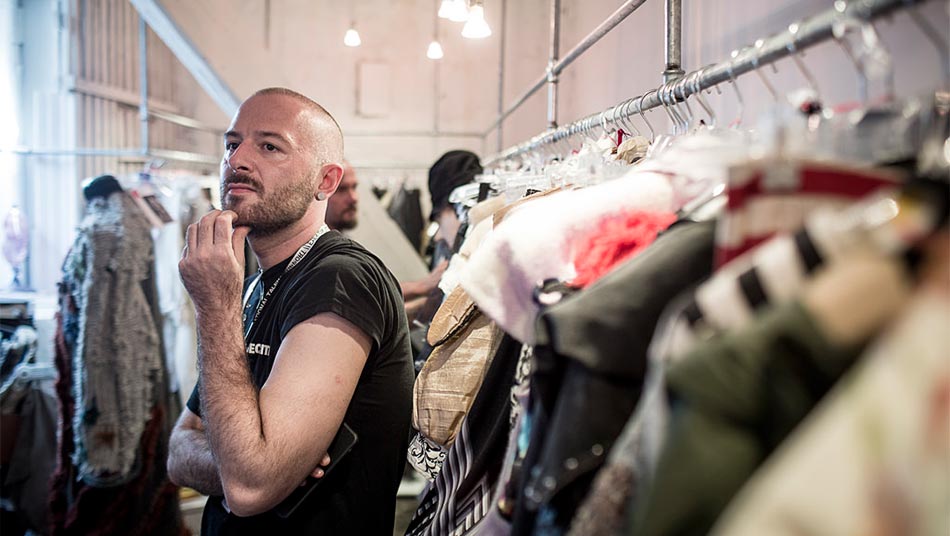What are the factors driving the success of today’s top brands? What is it that makes a fashion label hot, or not? After analysing data from over 70 million consumers, Carmen-backed global fashion search platform Lyst put together its latest Lyst Index, which not only ranks brands by search traffic, but in partnership with the Business of Fashion also looks at the reasons behind their domination.
Gucci SS18 / Photo: vogue.com
Taking the top spot in the “Hottest Brand” ranking for 2017 was Gucci, with results revealing that more people entered the Italian brand’s name as a search term on Lyst over the course of the year than they did the generic terms “shoes” and “dresses.” But hot on its heels was Balenciaga, which saw search traffic grow by 50 per cent year on year.
Balenciaga SS18 / Photo: vogue.com
Both of these brands dominated the fashion conversation last year, among consumers and industry insiders alike. But what is behind their ability to take brand heat and translate it into sales?
Alessandro Michele, creative director of Gucci.
What both Kering-owned Gucci and Balenciaga have in common is a creative director with distinctive design talent. Alessandro Michele and Demna Gvasalia respectively each have a strong and clearly identifiable design language, and one that gradually evolves rather than being subject to reinvention each season. And this sense of consistency, mixed with just enough newness, allows consumers a sense of comfort in knowing what to expect from their favorite brand.
Balenciaga's Demna Gvasalia.
Another key factor is that both brands boast well-respected merchandisers among their senior leadership. By closely linking the design and merchandising functions, the commercial products available from Gucci and Balenciaga are not just an afterthought that comes at the end of the design process, but rather a natural outcome of the collaboration that comes between a designer and a switched-on product team that knows how to commercialise ideas.
In addition to its success in global search rankings, Gucci also added 8 million followers to its Instagram account in 2017. Michele’s maximalist aesthetic lends itself to the app, as well as other digital photo-sharing platforms, and gives Gucci its competitive advantage. The designer himself also has the highest engagement rate of any of his contemporaries on the app, according to Tribe Dynamics, with his posts receiving proportionally more comments and likes than any other.
This considerable digital reach combined with comparatively affordable prices is what makes Gucci’s strategy so successful commercially. Keeping prices accessible means the brand can reach cohorts of consumers typically unable to afford luxury products
Ranked the second most searched for product of 2017 was Balenciaga's Speed Trainers.
In comparison, Balenciaga was the sixth most buzzed-about brand on Instagram (measured through comments) according to the app, even though it is not one of the top ten most followed brands, nor is Gvasalia among the top ten most followed designers. However, the designer’s authentic connection with luxury’s youngest consumers distinguishes his output from those that emulate his work. According to the company, 65 per cent of Balenciaga’s consumers are Millennials and they are responsible for 50 per cent of total sales.
In terms of the future, it is anticipated that although Balenciaga is likely to grow at an even faster rate this year, Gucci’s pre-eminence in the Lyst Index is likely to continue in 2018. But while Alessandro Michele’s consistency has worked in Gucci’s favor to date, can this strategy be maintained? Will consumers continue to remain loyal? By contrast, Balenciaga is not as tied to one particular aesthetic, and benefits from Cristobal’s rich legacy which Gvasalia is free to mine.
Due to exclusive vertical distribution models, the Lyst Index does not include: Chanel, Christian Dior, Hermès, Louis Vuitton, Céline and Prada.
Related Reading:
BFC Fashion Awards 2017: The Winners
The Edit: Picks With Staying Power







